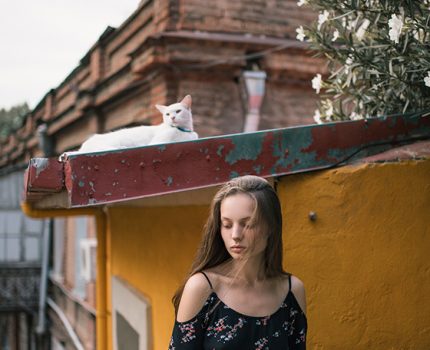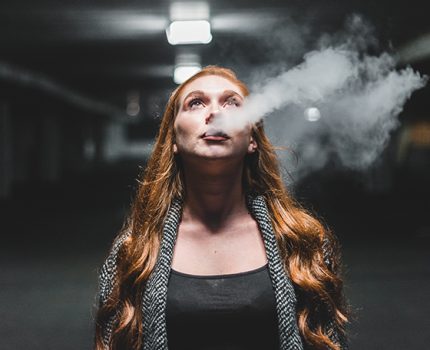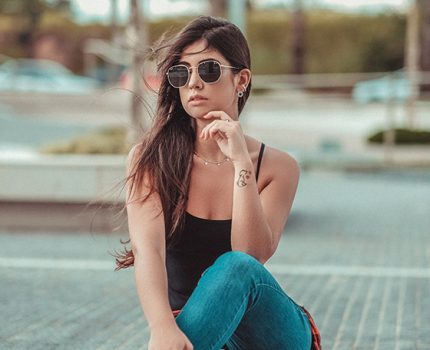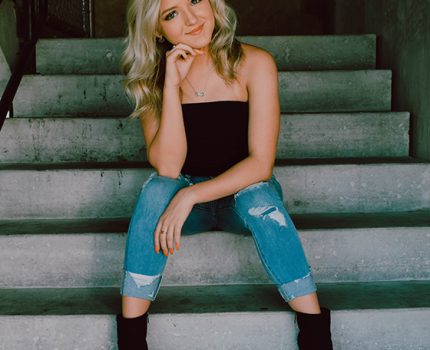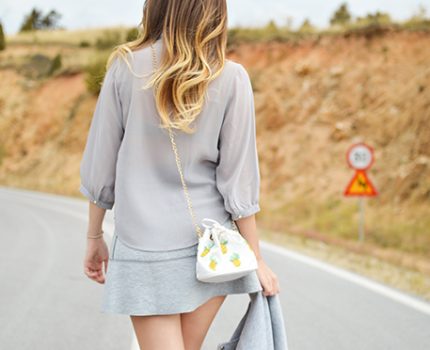Costume for Fitness Competitions: Posing with Style
In fitness competitions, the perfect costume enhances physique, poise, and confidence. It should complement the body, with materials like latex or spandex that highlight muscles. Bold colors and designs captivate under stage lighting. Customization ensures a tailored fit, while practical elements like comfort and secure fastenings prevent distractions. Themed costumes add storytelling and emotional connections. Ultimately, the ideal costume merges style and function, showcasing dedication and individuality, transforming routine performances into memorable displays.




